10 Best Ephedra Sinica Preparations
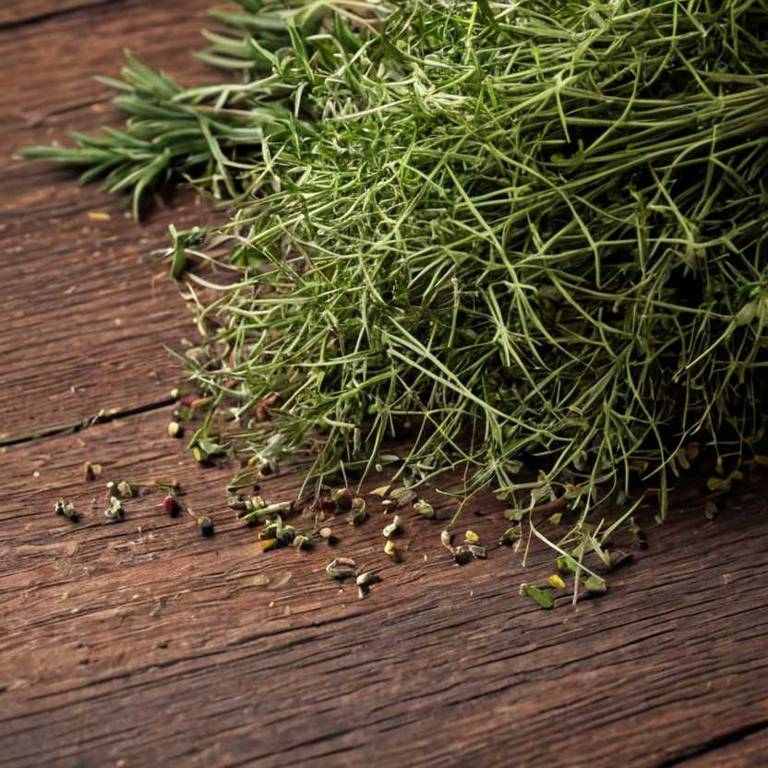
The best medicinal preparations of Ephedra sinica are teas, decoctions, tinctures, capsules, and syrups, each offering unique benefits for traditional and modern herbal use.
Teas and decoctions are commonly used to promote respiratory relief and circulation.
Tinctures provide a concentrated form for quick absorption, while capsules offer convenience and standardization.
Syrups are often preferred for their soothing properties and ease of consumption.
These preparations have been historically valued for their therapeutic properties, though their use requires caution due to potential side effects.
Below there's a list of the 10 best herbal preparations of ephedra sinica for medicinal purposes.
- 1. Teas
- 2. Decoctions
- 3. Tinctures
- 4. Capsules
- 5. Syrups
- 6. Lozenges
- 7. Linctuses
- 8. Liniments
- 9. Oils
- 10. Poultices
1. Teas
Ephedra sinica teas is commonly used to treat respiratory conditions such as asthma, bronchitis, and nasal congestion due to its bronchodilatory and decongestant properties.
It is also used for alleviating symptoms of the common cold, allergies, and sinusitis. The most common medicinal uses of this herbal preparation include relief from respiratory ailments, sinus pressure, and fatigue. The bioactive constituents responsible for its medicinal properties include ephedrine, pseudoephedrine, and methylephedrine, which act as stimulants and bronchodilators.
However, due to its potential for abuse and serious side effects, its use is regulated in many countries.
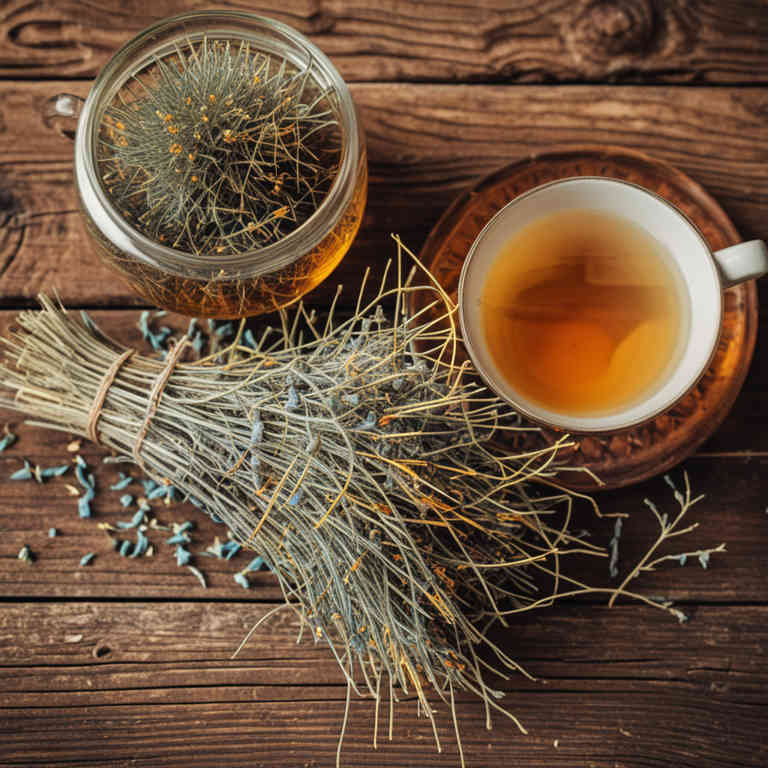
2. Decoctions
Ephedra sinica decoctions is commonly used to treat respiratory conditions such as asthma, bronchitis, and nasal congestion due to their bronchodilatory and anti-inflammatory effects.
They are also used for alleviating symptoms of the common cold, allergic rhinitis, and even for weight loss in some traditional practices. The most common medicinal uses include relief from coughs, asthma, and nasal congestion. The bioactive constituents responsible for these effects include ephedrine, pseudoephedrine, and ma huang acid, which act as central nervous system stimulants and bronchodilators.
These compounds increase heart rate, dilate airways, and reduce inflammation, making them effective for respiratory ailments.

3. Tinctures
Ephedra sinica tinctures is commonly used to treat respiratory conditions such as asthma, bronchitis, and nasal congestion due to their bronchodilating and decongestant effects.
They are also used for alleviating symptoms of the common cold, allergies, and sinusitis. The most common medicinal uses include relief from respiratory ailments, sinus pressure, and nasal congestion. The bioactive constituents responsible for these effects include ephedrine, pseudoephedrine, and maohua alkaloids, which act as stimulants and bronchodilators.
However, these tinctures are associated with potential side effects and should be used under medical supervision.
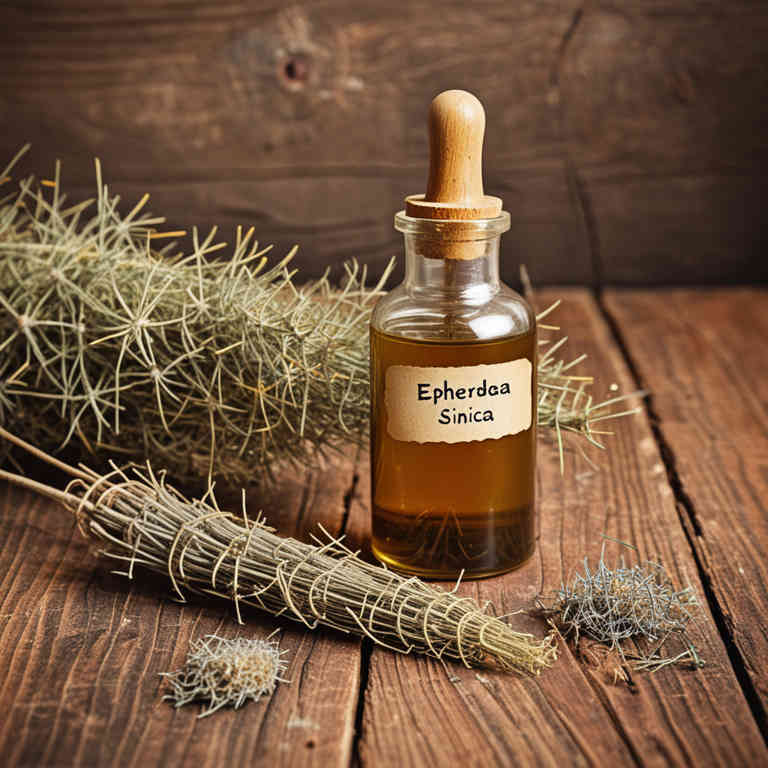
4. Capsules
Ephedra sinica capsules is commonly used to treat respiratory conditions such as asthma, bronchitis, and nasal congestion by promoting bronchodilation and reducing inflammation.
They are also used for alleviating symptoms of nasal allergies and sinusitis due to their decongestant properties. The most common medicinal uses include relief from asthma, bronchitis, hay fever, and nasal congestion. The bioactive constituents responsible for these effects include ephedrine, pseudoephedrine, and maohuangsin, which act as sympathomimetic agents.
These compounds stimulate the sympathetic nervous system, leading to bronchodilation and reduced nasal secretions.
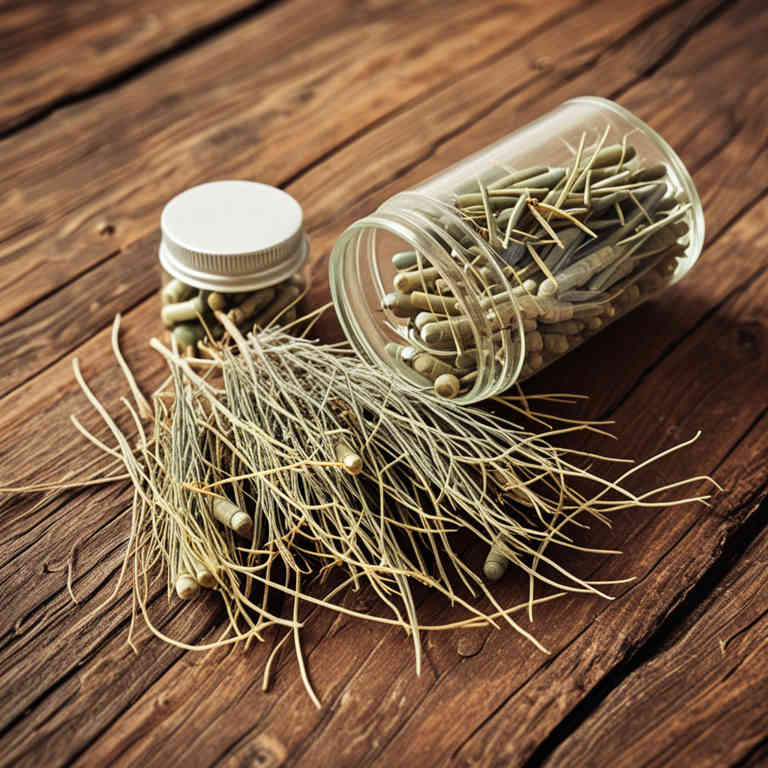
5. Syrups
Ephedra sinica syrups is commonly used to relieve symptoms of respiratory conditions such as asthma, bronchitis, and nasal congestion.
The most common medicinal uses of this herbal preparation include treating respiratory tract infections, alleviating nasal congestion, and reducing inflammation in the airways. It is also used to relieve symptoms of allergic rhinitis and to enhance respiratory function. The bioactive constituents responsible for its medicinal properties include ephedrine, pseudoephedrine, and methylephedrine, which act as bronchodilators and stimulants.
These compounds help to relax airway muscles and reduce mucus secretion, thereby improving breathing.

6. Lozenges
Ephedra sinica lozenges is commonly used to relieve symptoms of respiratory conditions such as asthma, bronchitis, and nasal congestion.
These lozenges are often employed to treat ailments like colds, coughs, and allergic rhinitis due to their decongestant and bronchodilator effects. The bioactive constituents responsible for these medicinal properties include ephedrine, pseudoephedrine, and methylephedrine, which act as sympathomimetic agents. These compounds stimulate the central nervous system and relax bronchial muscles, improving airflow.
However, due to their potential for abuse and side effects, their use is regulated in many countries.
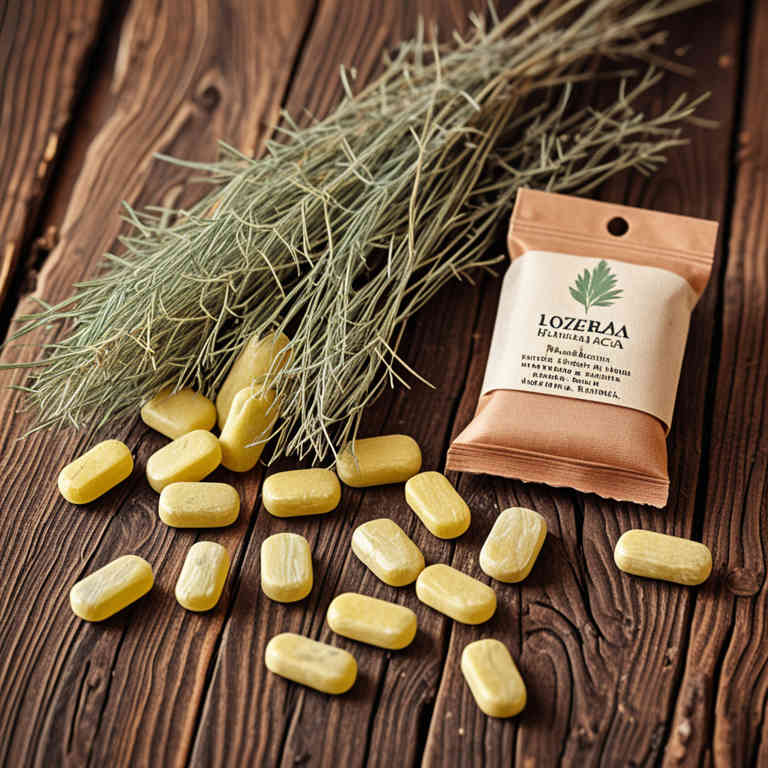
7. Linctuses
Ephedra sinica linctuses is commonly used to relieve respiratory symptoms such as coughing, bronchitis, and asthma.
These preparations are traditionally employed to treat ailments related to the respiratory system, including congestion, inflammation of the airways, and difficulty breathing. The most common medicinal uses include alleviating symptoms of colds, allergies, and chronic obstructive pulmonary disease (COPD). The bioactive constituents responsible for its medicinal properties include ephedrine, pseudoephedrine, and methylephedrine, which act as bronchodilators and stimulants.
However, due to their potential for abuse and serious side effects, the use of ephedra-containing linctuses is now highly regulated in many countries.

8. Liniments
Ephedra sinica liniments is commonly used to relieve symptoms of respiratory conditions such as asthma, bronchitis, and nasal congestion.
These liniments are often applied topically to the chest or back to ease breathing and reduce inflammation. The most common medicinal uses include treating coughs, colds, and allergic rhinitis due to their decongestant properties. The bioactive constituents responsible for these effects include ephedrine, pseudoephedrine, and methylephedrine, which act as central nervous system stimulants and bronchodilators.
However, due to their potential for abuse and side effects, their use is regulated in many countries.

9. Oils
Ephedra sinica oils is commonly used to treat respiratory conditions such as asthma, bronchitis, and nasal congestion due to its bronchodilatory and decongestant properties.
These oils are also used to alleviate symptoms of colds, allergies, and sinusitis by reducing inflammation and improving airflow. The most common medicinal uses include relief from respiratory ailments, sinus pressure, and nasal congestion. The bioactive constituents responsible for these effects include ephedrine, pseudoephedrine, and methylephedrine, which are alkaloids that stimulate the central nervous system and relax bronchial muscles.
However, due to their potential for abuse and toxicity, the use of ephedra sinica oils is heavily regulated in many countries.

10. Poultices
Ephedra sinica poultices is commonly used to relieve symptoms of respiratory conditions such as asthma, bronchitis, and nasal congestion.
These poultices are traditionally applied externally to reduce inflammation and ease breathing difficulties. The most common medicinal uses include treating colds, coughs, and muscle pain due to their warming and anti-inflammatory effects. The bioactive constituents responsible for these properties include ephedrine, pseudoephedrine, and methyl ephedrine, which act as bronchodilators and stimulants.
However, due to their potential for abuse and toxicity, the use of ephedra sinica poultices is highly regulated in many countries.
